
Flags
Gillian Pistell writes on the loaded symbol of the American flag in the work of postwar and contemporary artists.
The original novel was published in 1957 and it’s about a group of crazy young people who just travel back and forth across the United States. Sometimes they hitchhike and sometimes they drive cars. They steal cars and just want to be on the road the whole time. I’ve always liked that notion.
—Ed Ruscha
In 1951, Jack Kerouac wrote On the Road on his typewriter as a continuous 120-foot-long scroll, feverishly recording in twenty days his experiences during road trips in the United States and Mexico, which he began with Neil Cassady in the late 1940s. On the Road was finally published in 1957, and Kerouac was immediately acknowledged as the voice of the Beat Generation, a new group of writers, including Allen Ginsberg and William S. Burroughs, who became known for their embracing of radical free-verse style.
Ed Ruscha’s singular art has recorded the shifting emblems of American life in the form of Hollywood logos, stylized gas stations, and archetypal landscapes. His wry choice of words and indirect phrases mines the perpetual interplay between language as a physical thing and language as a transparent medium. During the 1960s, he created a series of cheaply printed photographic books as deadpan meditations on the romantic vision of the road epitomized by the Beats. His typologies of the urban environment of Los Angeles included Twentysix Gasoline Stations (1963) and Every Building on the Sunset Strip (1966). In Royal Road Test (1967), he brought the word and the road together in a conceptual prank by documenting himself dropping a vintage typewriter from a speeding Buick.
Over the last couple of years, Ruscha has turned his attention to On the Road, resulting in his own version of Kerouac’s Beat bible. Kerouac’s entire text appears accompanied by black-and-white photographic illustrations that Ruscha has either taken himself, commissioned from other photographers, or selected from found images to refer closely to the details and impressions that the author describes, from car parts to jazz instruments, from sandwich stacks to tire burns on a desert road.

Gillian Pistell writes on the loaded symbol of the American flag in the work of postwar and contemporary artists.
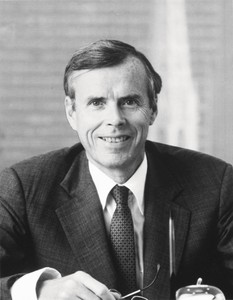
Jacoba Urist profiles the legendary collector.
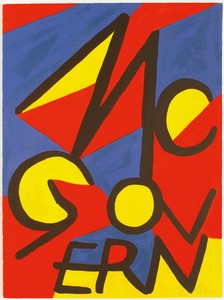
Against the backdrop of the 2020 US presidential election, historian Hal Wert takes us through the artistic and political evolution of American campaign posters, from their origin in 1844 to the present. In an interview with Quarterly editor Gillian Jakab, Wert highlights an array of landmark posters and the artists who made them.

Lisa Turvey examines the range of effects conveyed by the blurred phrases in recent drawings by the artist, detailing the ways these words in motion evoke the experience of the current moment.
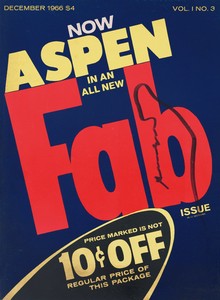
Gwen Allen recounts her discovery of cutting-edge artists’ magazines from the 1960s and 1970s and explores the roots and implications of these singular publications.
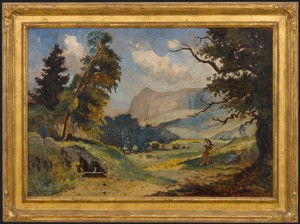
Ed Ruscha tells Viet-Nu Nguyen and Leta Grzan how he first encountered Louis Michel Eilshemius’s paintings, which of the artist’s aesthetic innovations captured his imagination, and how his own work relates to and differs from that of this “Neglected Marvel.”
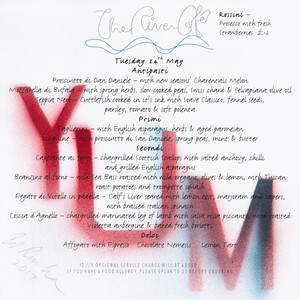
London’s River Café, a culinary mecca perched on a bend in the River Thames, celebrated its thirtieth anniversary in 2018. To celebrate this milestone and the publication of her cookbook River Café London, cofounder Ruth Rogers sat down with Derek Blasberg to discuss the famed restaurant’s allure.
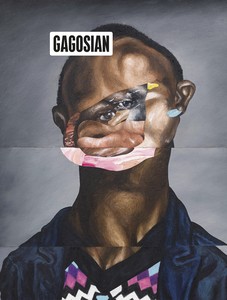
The Fall 2019 issue of Gagosian Quarterly is now available, featuring a detail from Sinking (2019) by Nathaniel Mary Quinn on its cover.
In conjunction with his exhibition VERY at Louisiana Museum of Modern Art in Humlebæk, Denmark, Ed Ruscha sat down with Kasper Bech Dyg to discuss his work.
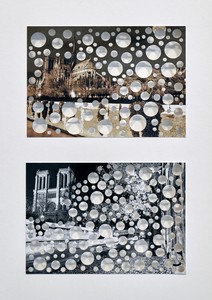
An exhibition at Gagosian, Paris, is raising funds to aid in the reconstruction of the Cathédrale Notre-Dame de Paris following the devastating fire of April 2019. Gagosian directors Serena Cattaneo Adorno and Jean-Olivier Després spoke to Jennifer Knox White about the generous response of artists and others, and what the restoration of this iconic structure means across the world.
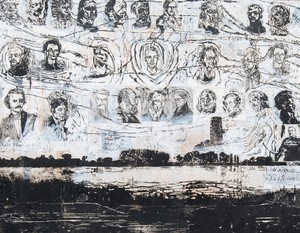
An exhibition at the Broad in Los Angeles prompts James Lawrence to examine how artists give shape and meaning to the passage of time, and how the passage of time shapes our evolving accounts of art.
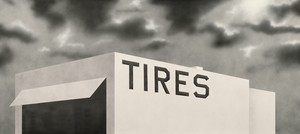
Ed Ruscha sat down with Tom McCarthy and Elizabeth Kornhauser, curator at the Metropolitan Museum of Art, to discuss the nineteenth-century artist Thomas Cole, whose Course of Empire paintings inspired a series of works by Ruscha more than a century later.
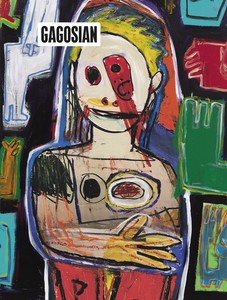
The Winter 2018 issue of Gagosian Quarterly is now available. Our cover this issue comes from High Times, a new body of work by Richard Prince.
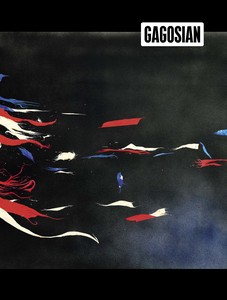
The Spring 2018 Gagosian Quarterly with a cover by Ed Ruscha is now available for order.
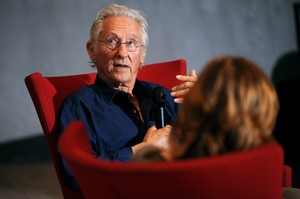
Ed Ruscha sat down with JoAnne Northrup of the Nevada Museum of Art to discuss the exhibition Unsettled, which the two co-curated.
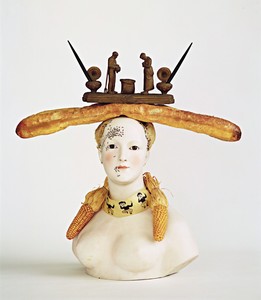
Mary Ann Caws and Charles Stuckey discuss the presence of food and the dining table in the history of modern art.

Diana Widmaier Picasso, curator of the exhibition Desire, reflects on the history of eroticism in art.
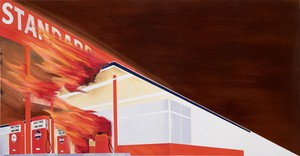
Ed Ruscha’s Burning Gas Station (1965–66) was a game changer. Text by Larry Gagosian.
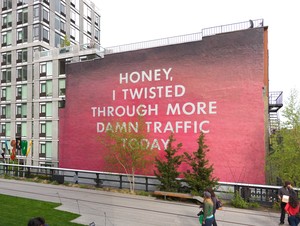
The High Line Art Program’s Cecilia Alemani discusses Ed Ruscha’s mural.